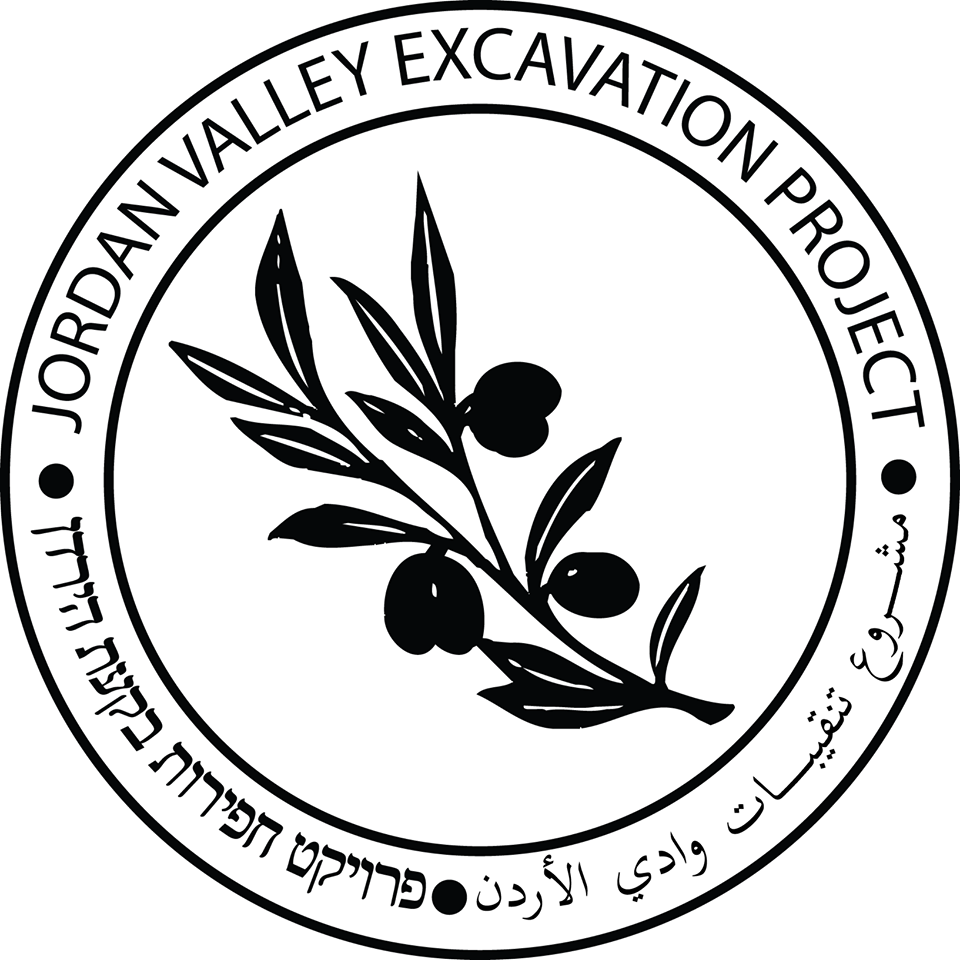About
Jordan Valley Excavation Project
The Jordan Valley Excavation Project (JVEP) was launched in 2016 to investigate the ancient history and archaeology of the region of the southern Jordan Valley, with a particular focus on the Iron Age. This period is traditionally connected with a period of tribal settlement in the region, followed by the rise of ethnic states. A thorough survey of the region, conducted by Adam Zertal, revealed a dramatic population shift in this region during the transition from the Late Bronze Age to the beginning of the Iron Age (around 1200 B.C.E.). Whereas there were only seven sites in the region in the Late Bronze Age (1550-1200 B.C.E.), fifty-four new sites were founded at the beginning of the Iron Age. Zertal proposed that the eastern sites are slightly earlier than the western ones, a phenomenon he attributed to the movements of peoples, whom he identified with the Tribe of Manasseh, from the Transjordan westwards. JVEP’s goals are to test the date and character of some of the sites in the region, as well as Zertal’s interpretations, through archaeological excavation and research. JVEP conducted excavations at Khirbet el-Mastarah in 2017, and has conducted excavations at Khirbet Auja el-Foqa every year since 2019. The evidence from these sites is revealing the history of a region that was previously virtually unknown archaeologically.

